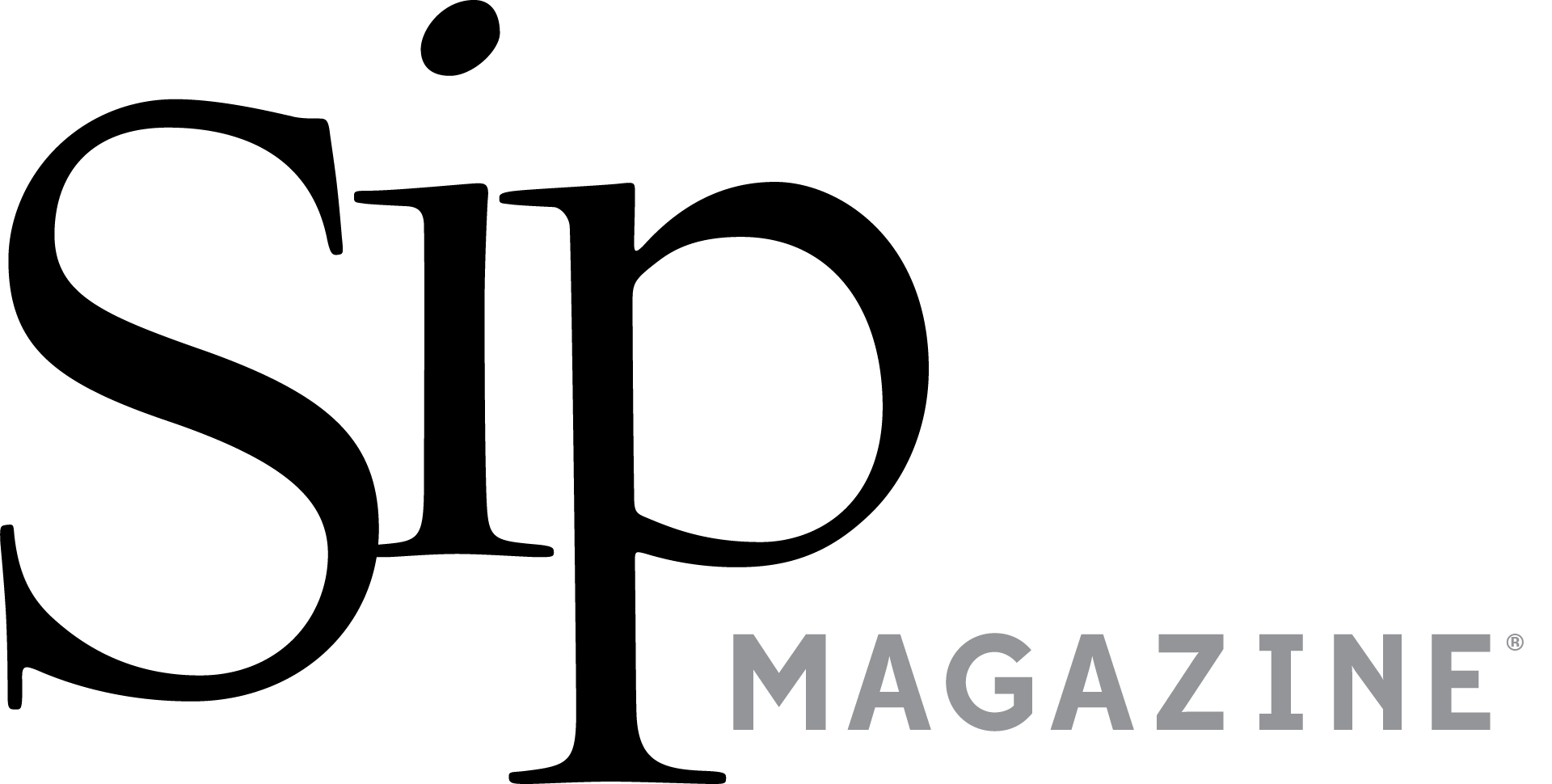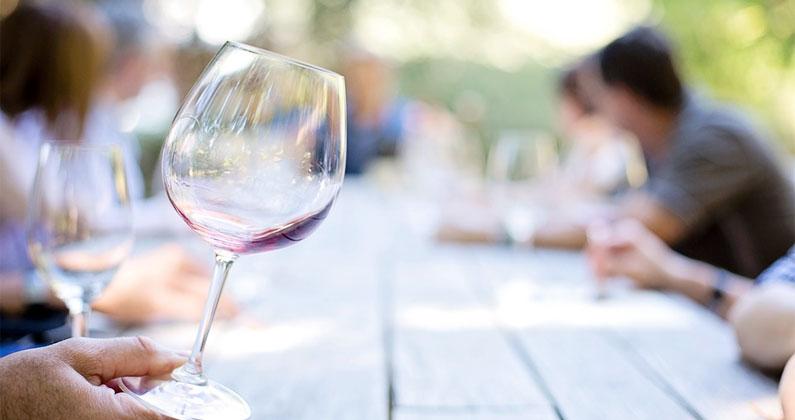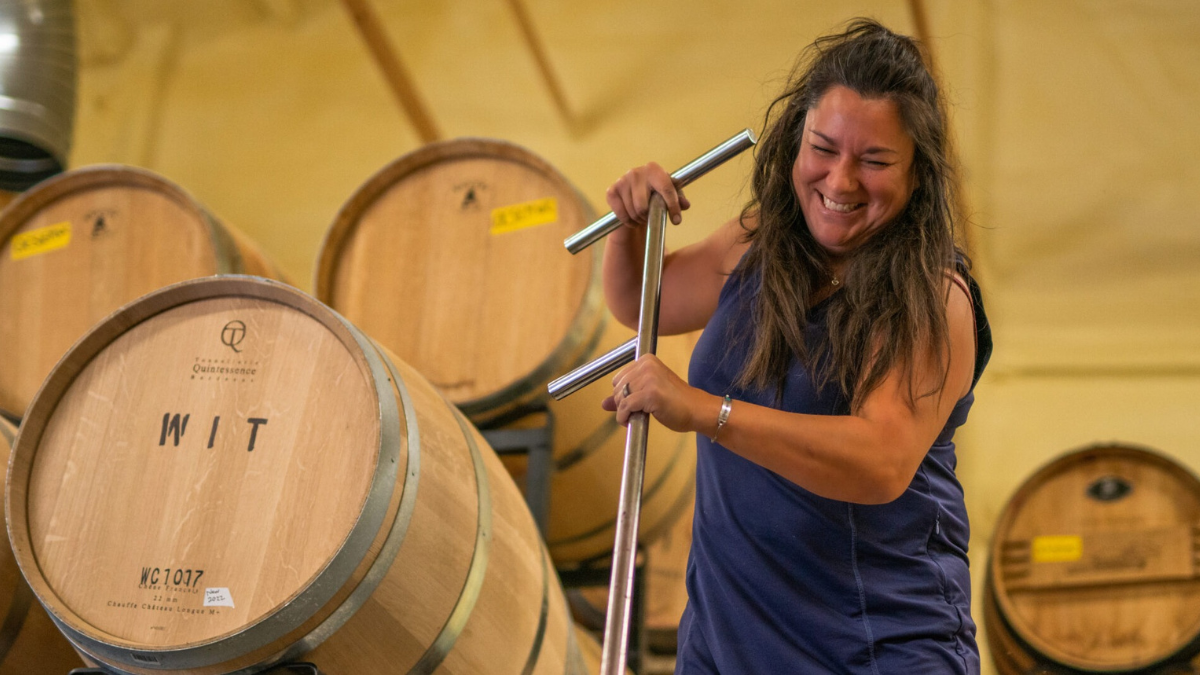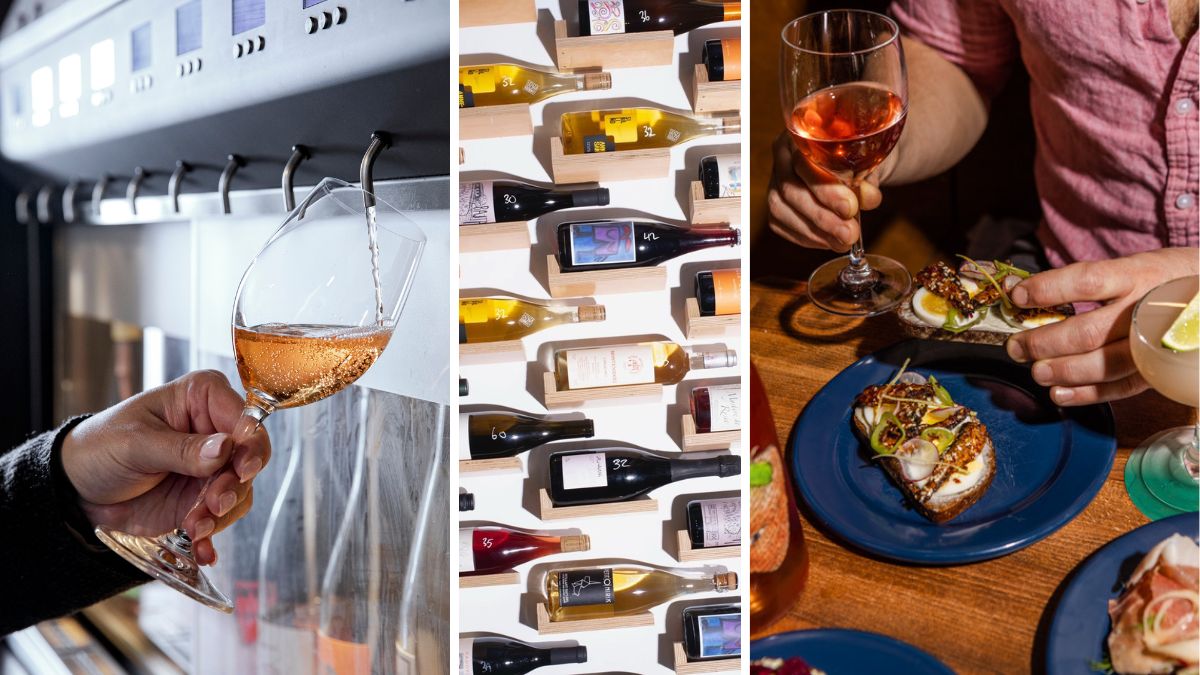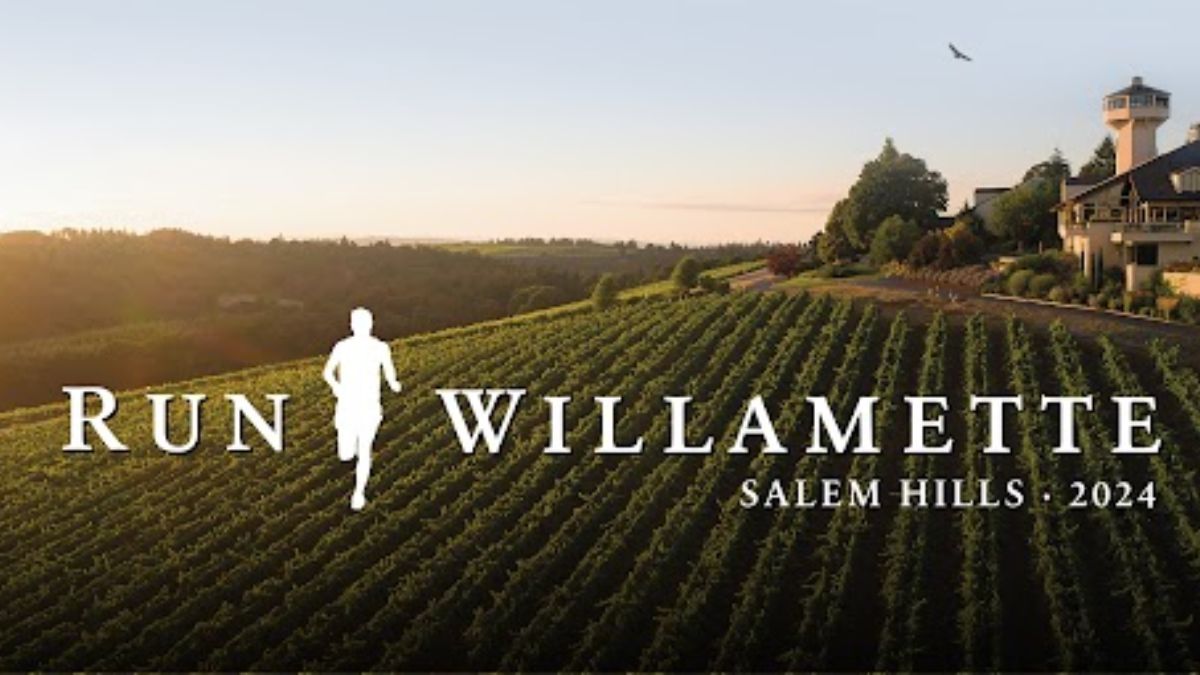I’ve been thinking a lot about Napa Valley lately. There’s no doubt that as America’s preeminent wine region, it’s had a tremendous influence on both winemaking and wine drinking, but I want to look at one specific impact that, for lack of a better phrase, I’ll call the “wine lifestyle” and how it shapes the Pacific Northwest even now.
Before the rise of Napa, the idea that large numbers of Americans would consider visiting winery after winery for several days the ideal vacation was laughable. Now, the wine tourism industry is just that, an industry, and the model was laid out in Napa up and down Highway 29: opulent tasting rooms, busloads of tourists and oh-so-many wine club memberships. It’s now not just in Napa Valley you can get exquisite wine events and tours. You can even get a tour bus in chicago that will take you on a brilliant chauffeured journey that will please your palette. So, don’t worry if you don’t live near Napa Valley, you will always find a tour suited for you.
Exporting that model to other wine regions was only a matter of time and much of the Pacific Northwest has followed suit. What once were relatively unnoticed moments in the vineyard calendar are now big festivals like Spring Release and Fall Harvest. Entire wineries can subsist on a mailing list and a quick Google search for wine tours will spit out more results than you can imagine.
Again, we take this as the natural state of things here in the United States, but in much of the rest of the world, wine tourism has been slow to catch on. Visiting the famous chateaus of France often requires quite a bit of planning and the right connections, and Italy, outside of a few regions, is only just now awakening to the potential for what they call agritourismo.
Here in the Northwest though, we’ve started cutting the whole “vineyard” element out of the equation. With actual vineyards being rather remote in many cases (particularly in Washington), the tasting room has become the locus for wine excitement. As more and more of these tasting rooms come to the major population centers of the PNW, the connection with actual agriculture becomes a bit attenuated, and the temptation to sell wine with image and gimmicks becomes harder to resist.
I’m not gonna tell you to avoid tasting rooms: they can be a lot of fun and, for many wine lovers, they are the best way to discover something new. Almost every one of us can tell a tale of walking (or staggering) into an unknown tasting room and finding something magical. Yet I’d encourage you to think a bit about what it means to buy grapes as opposed to grow them, and to be especially wary of wineries that are blending grapes from all corners of the region.
While it’s unlikely that any part of the Pacific Northwest will ever match Napa Valley for density, grandeur and outright insanity, the desire to imitate their success can have a seriously unfortunate set of side effects. We’ve already witnessed some of those in the style of wine produced, but now as we slowly emerge from the shadow of excessive ripeness and oak usage, it would be a shame to once again learn the wrong lessons and sacrifice quality and authenticity for marketing and image.
Zach Geballe is a sommelier at the Dahlia Lounge, the owner of Vine Trainings where he teaches wine classes, and a writer. He lives in Seattle, where he owns more wine than he can reasonably drink, but loves to share. You can find him at @zgeballe or vinetrainings.com.
